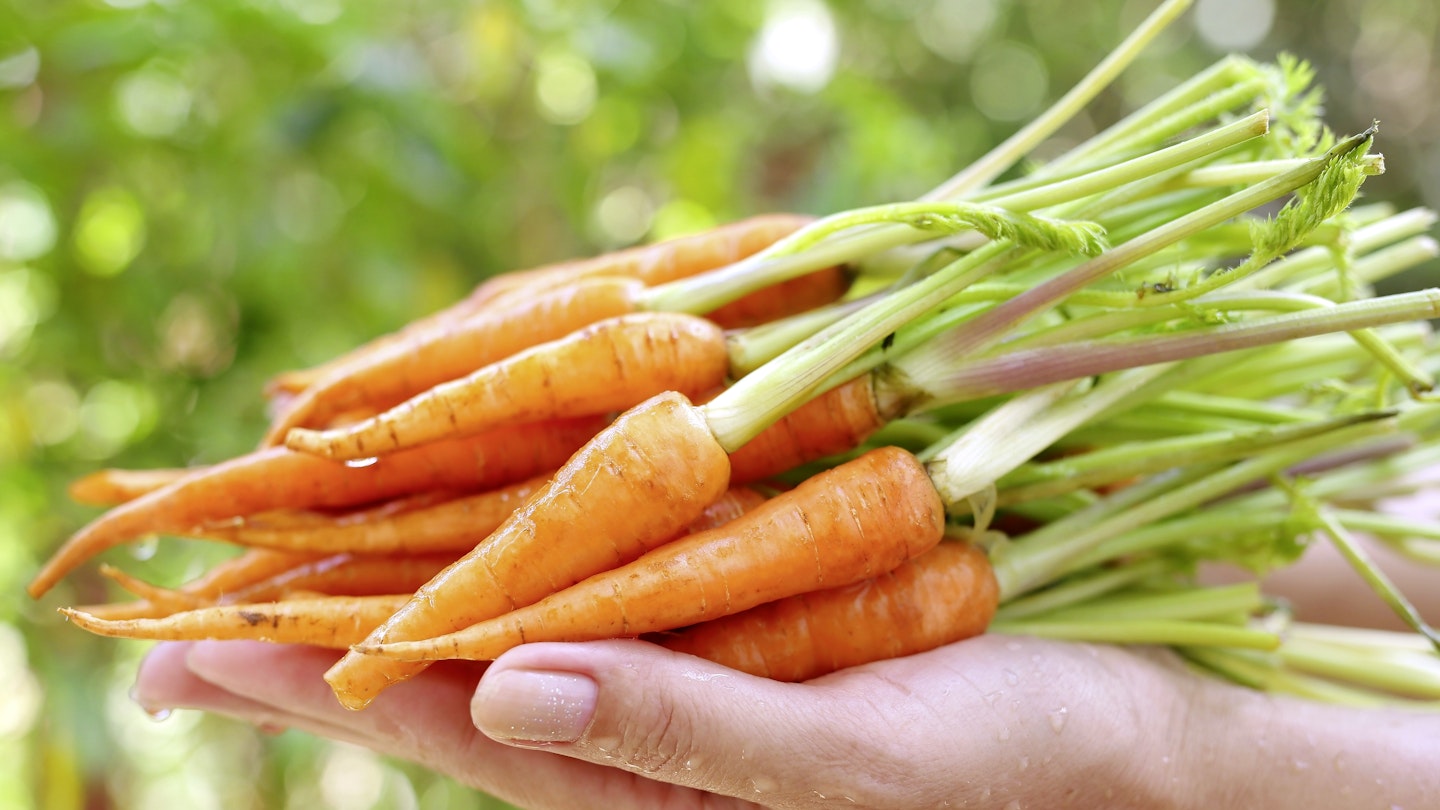As more and more people learn the joys of growing their own fruit and veg, it’s worth taking a look at the crops that are the easiest and will yield decent crops for your salad plate this summer. There’s no question they will taste better than supermarket-bought food too!
Here is our pick of salad veg that you can bank on!
1. Radishes are the ultimate fast food crop. Their small, peppery, colourful roots are ready to harvest just 3-4 weeks after sowing. Given a good free-draining soil, which retains moisture, they will cause you little trouble, but do tend to bolt quickly if they dry out or are left for too long once roots are ready to harvest.
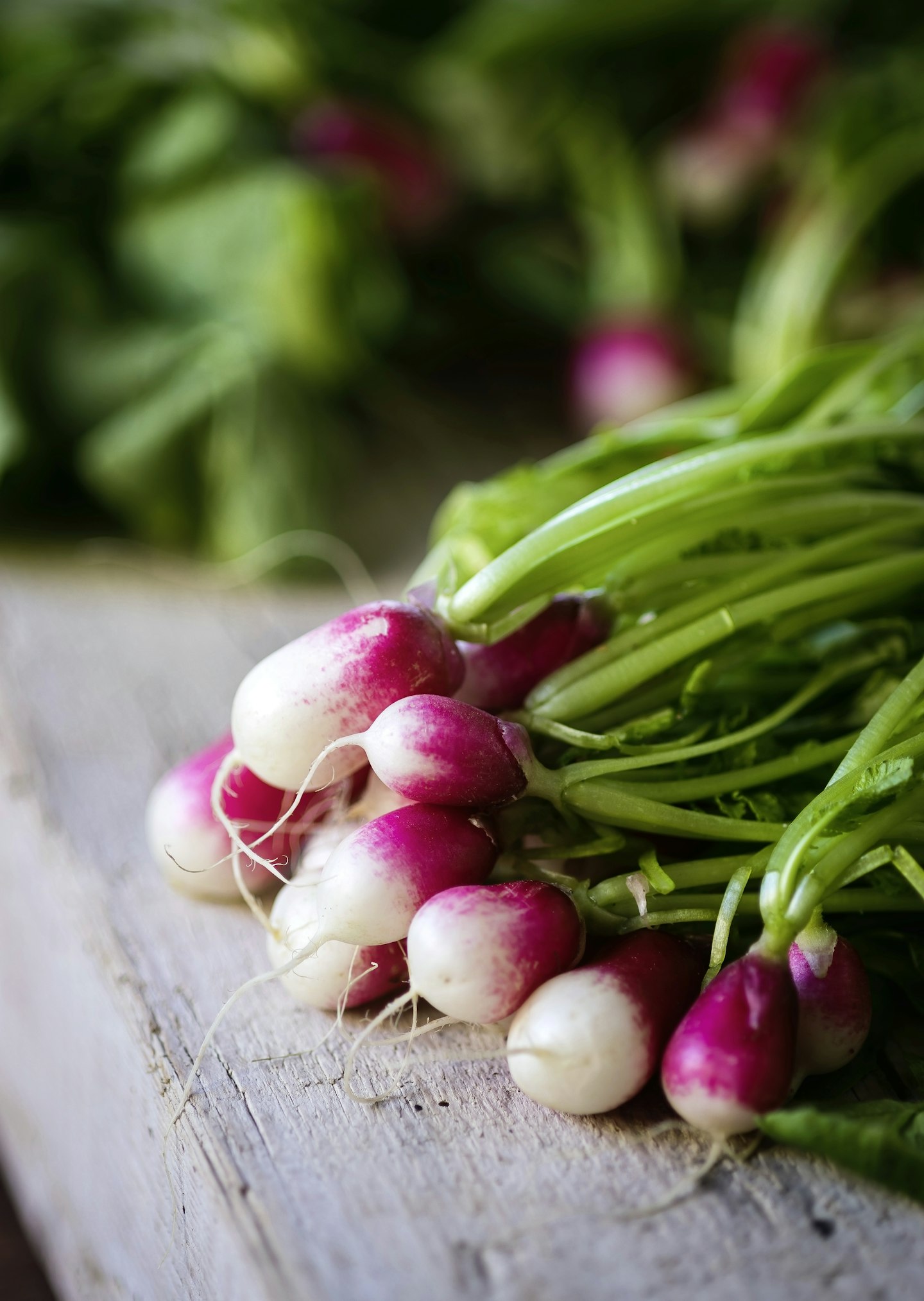
To give you a reliable supply, small quantities are best sown thinly in drills about 10cm (4in) apart every two weeks up until August. Radishes grow well in pots, but keep well watered to prevent bolting.
Try ‘French Breakfast’, ‘Cherry Belle’ and ‘Mirabeau’.
2. Cut-and-come-again leaves are just as great as they sound: like supermarket salad bags, but much fresher and cheaper, ready in only four weeks. A whole variety of loose-leaf lettuces and other leaves, such as mizuna, oriental mustard, pak choi and rocket, can be sown individually or mixed for a mouthwatering combination of colours, flavours and textures.
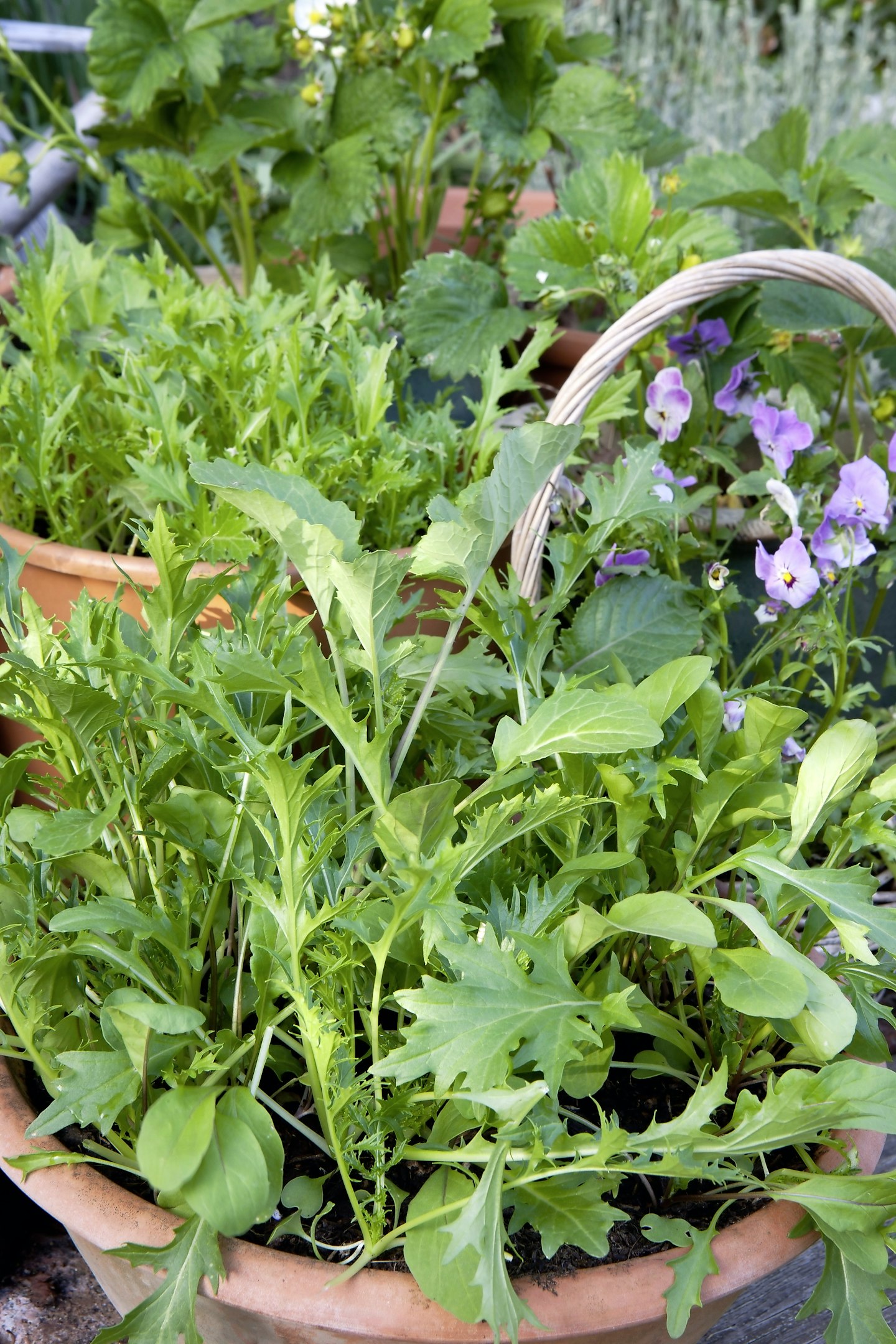
To harvest, cut young leaves as required, about 2cm (1in) from soil level, leaving the plants’ central growing points intact to give two or three more harvests. Grow in well-watered pots or window boxes, or decorative rows in the garden. Sow every 2-3 weeks outdoors up until August.
Try lettuces ‘Green Salad Bowl’ and ‘Catalogna’, rocket ‘Apollo’, or one of the seed mixes available.
3. Sugar snap peas are perfect for a quick summer crop in around eight weeks, and by their very nature need to be picked early or they’ll develop into not-so-sweet plump pods. Make sure they’re ready by snapping one in half, for the distinctive, satisfying snap sound.
Try growing up a cane wigwam support, particularly if you haven’t much space, sowing seed 5cm (2in) deep. Tie in growing shoots regularly and protect plants from mice and slugs with netting and organic slug pellets. Horticultural fleece will protect during summer against pea moth.
Try pea ‘Sugar Snap’, which is its variety name, for extra sweet pods.
4. Baby beets and their beautiful red-veined leaves, make a brilliant addition to salads. These reliable performers are tolerant of most garden soils, but need a deep pot for roots to swell quickly.
Sow your seeds thinly in short rows 15cm apart every three weeks from now to the end of July for a continuous harvest. Small baby beets are ready for picking after 7 weeks and should be about the size of a table tennis ball after 9-10 weeks. Bolt-resistant varieties ‘Boltardy’ and ‘Pablo’ are trusted choices.
Try yellow ‘Burpee’s Golden’, or striped ‘Chioggia Pink’ as summer alternatives.
5. Spring onions are compact and simple to grow, making them ideal in containers and window boxes, but in the garden, you will need a soil that can be raked to a fine tilth to get consistent germination.
They are best sown in drills 10cm (4in) apart, right until the end of June, for harvesting throughout the summer. They first reach a usable size after about six weeks and you are best to pull them quickly before the bulbs get too big.
Try ‘White Lisbon’, ‘Ramrod', or purple-tinged ‘Apache’.
6. Baby courgettes are sweet, glossy, and often still have their flower bud attached. Courgettes grow rapidly and can be ready to pick in just eight weeks, so sow outdoors now for a summer crop.
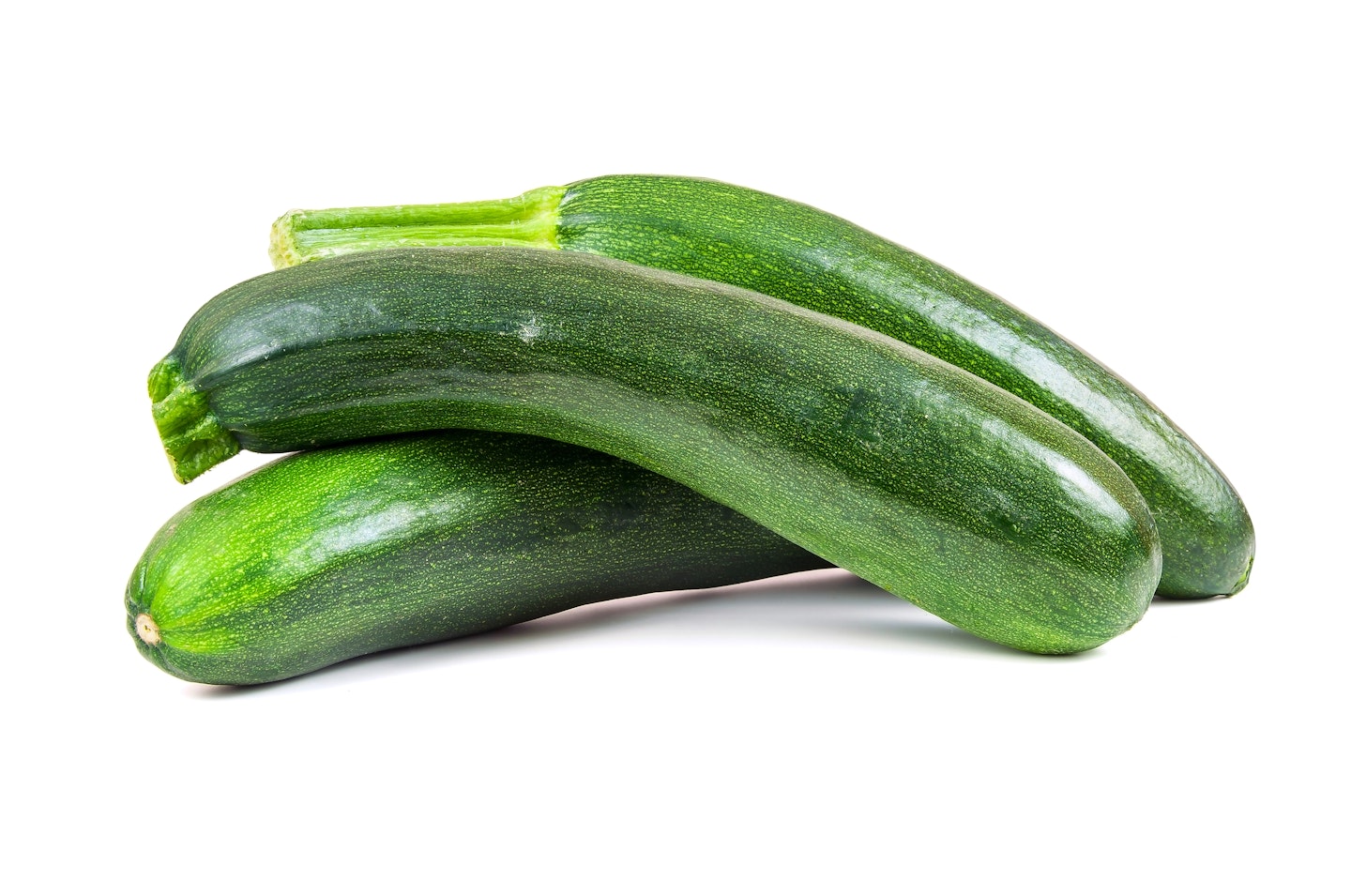
These large, hungry plants like fertile soil in a sheltered spot and should be spaced about 90cm apart. They thrive in grow-bags or large containers, but need regular watering and feeding with a tomato fertiliser once fruits are forming. Cutting courgettes when 10cm long encourages the plant to keep fruiting.
Try ‘Defender’ or yellow ‘Parador’
7. Baby carrots have such a sugary crunch they will be lucky to make it as far as your salad bowl! Early, rather than maincrop, varieties are particularly fast growing and should produce baby roots in seven weeks.
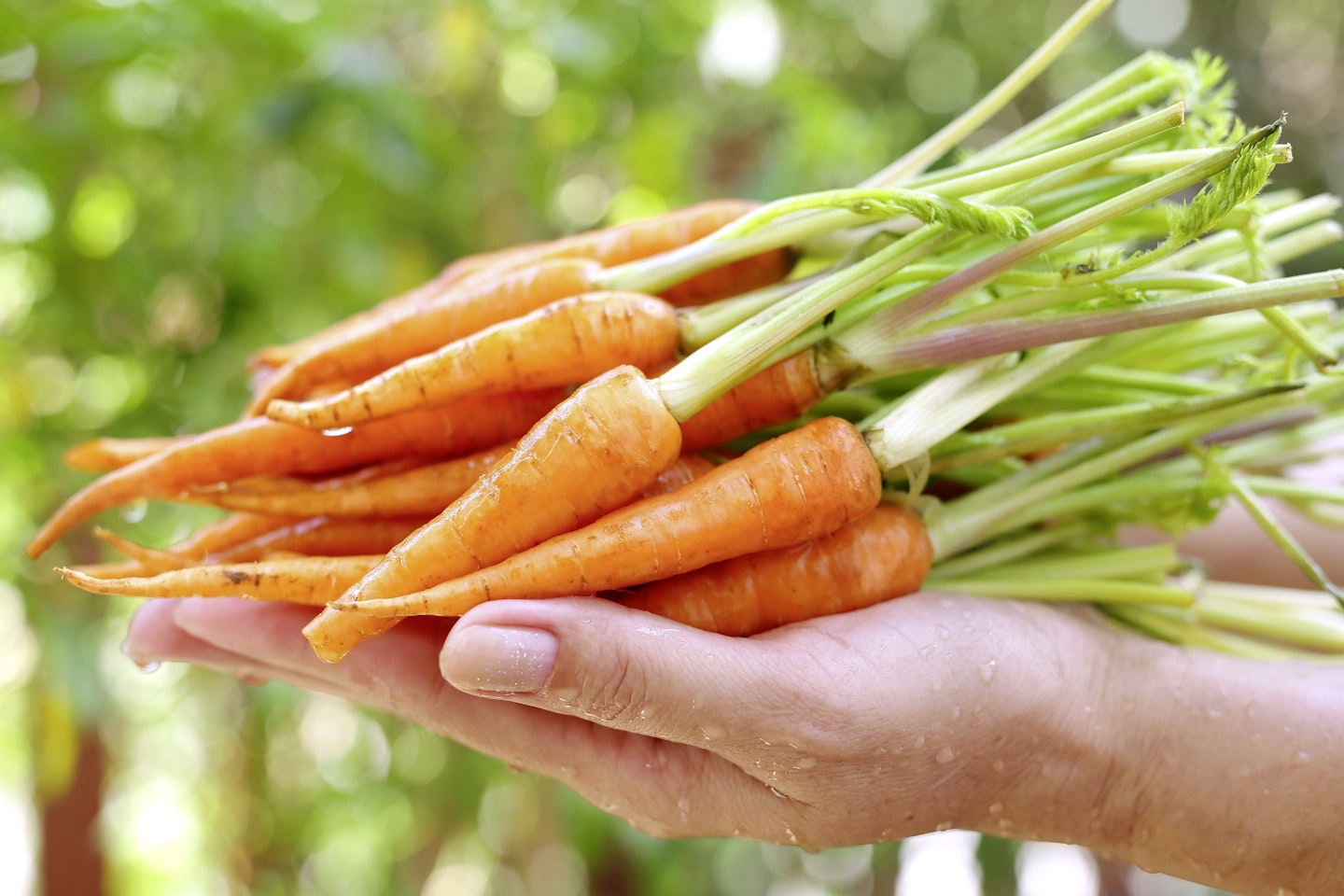
Seeds are best sown about 1cm apart, in shallow drills 15cm wide, in fertile, well-drained soil. You can do this up until the end of this month Carrots also flourish in deep pots, where their feathery foliage looks attractive. Protect crops from carrot fly by growing under horticultural fleece.
Try fast-maturing ‘Ideal’ for a rich taste.
